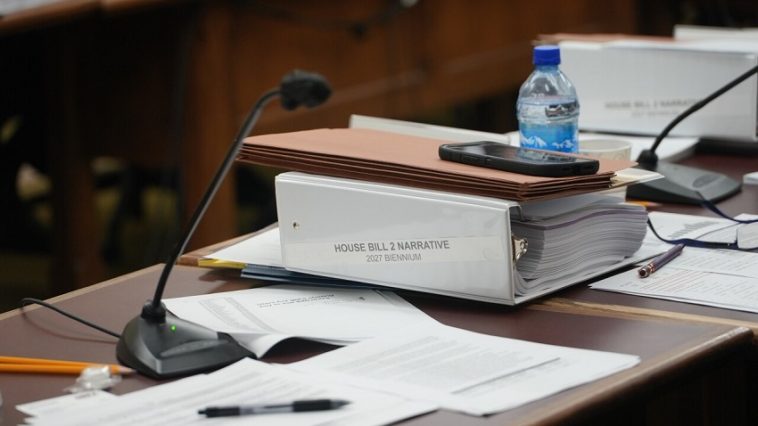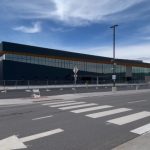Missoula, MT— Next week, Montana lawmakers will begin debating the state’s two-year budget, a critical piece of legislation that outlines more than $16.6 billion in spending. The bill, House Bill 2, includes approximately $5.1 billion from the state’s general fund, with the remainder drawn from other state revenue sources and federal funds.
Since the start of the legislative session in January, the House Appropriations Committee has been at work refining the budget, focusing on various key areas including general government, health and human services, natural resources, transportation, public safety, and education. Lawmakers were split into subcommittees that examined each section in detail before making recommendations for the full committee.
After over 12 hours of deliberation on Monday and Tuesday, the Appropriations Committee approved an amended version of House Bill 2 for consideration by the full House.
Rep. Llew Jones, R-Conrad, the chair of the Appropriations Committee, expressed confidence in the bill’s progress. He noted that while the budget proposal represents a slight reduction compared to Governor Greg Gianforte’s original request, it still maintains a responsible growth rate of about 4% year-over-year.
“It’s slightly smaller than what the governor proposed – both in all funds and general fund – and it certainly has legislative fingerprints on it,” Jones said.
Some key amendments made to the bill include increased funding for state mental health beds and the restoration of funding for the “1-2-Free” dual enrollment program, which allows high school students to take college courses. Jones argued that the final version of the bill represents a balance between necessary growth and fiscal responsibility.
However, Rep. Mary Caferro, D-Helena, the top Democrat on the Appropriations Committee, expressed reservations about the bill’s overall adequacy. While acknowledging significant improvements in funding for health and human services, particularly for children and individuals with disabilities, Caferro highlighted gaps in funding for senior and long-term care services.
“I would say House Bill 2 is in okay shape, but not in good shape,” Caferro remarked. “We were able to do more in services for children and people with disabilities, but there are still big gaps, especially in senior care.”
Caferro also raised concerns about the uncertainty surrounding the final budget, pointing to the possibility of additional tax proposals that could affect the structural balance of the state’s finances. Despite these concerns, Caferro credited the more collaborative approach to budget negotiations this year, which she attributed to the Democratic Party’s expanded presence in the House.
“This session has felt much more collaborative than last year,” Caferro said, noting that Democrats now hold ten more seats in the House compared to the 2023 session.
The debate over House Bill 2 is scheduled for next Wednesday, when the full House will review the bill and consider any further amendments. As with past legislative sessions, the bill is likely to undergo additional changes once it is sent to the Senate.
Jones acknowledged that while the Senate may approve the bill as-is, it is more likely that senators will propose their own amendments, leading to further negotiations between the two chambers.
“While the amendments might not go on the bill, I would be shocked if there’s not a lot of amendments proposed,” Jones said.
The passage of House Bill 2 is a critical moment in Montana’s biennial legislative process, and lawmakers will continue to work through the details as the debate unfolds in the coming weeks.



